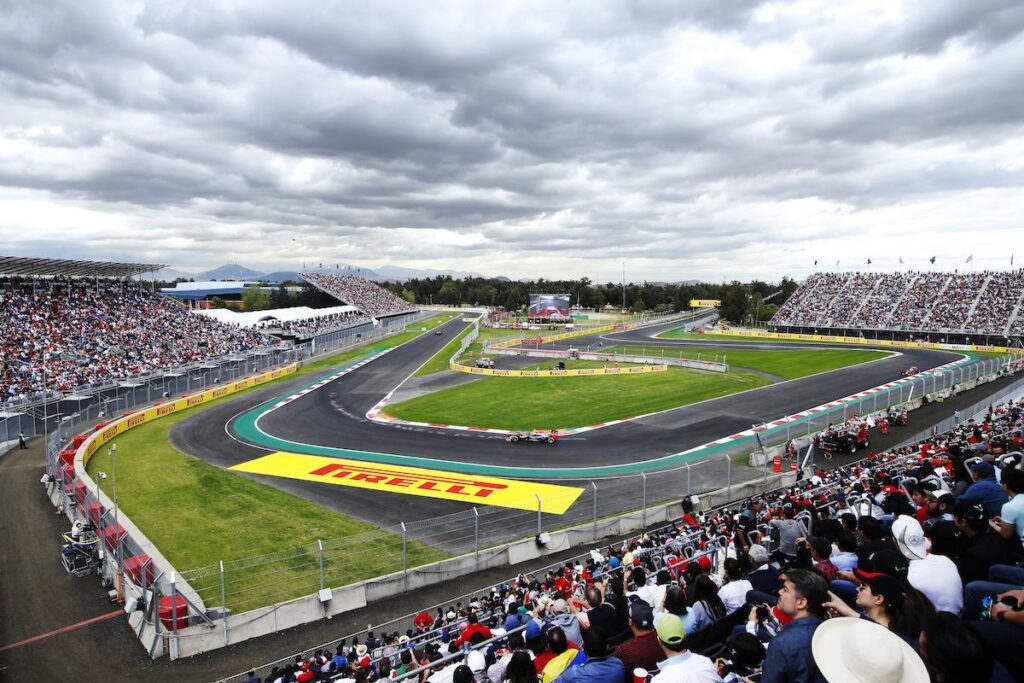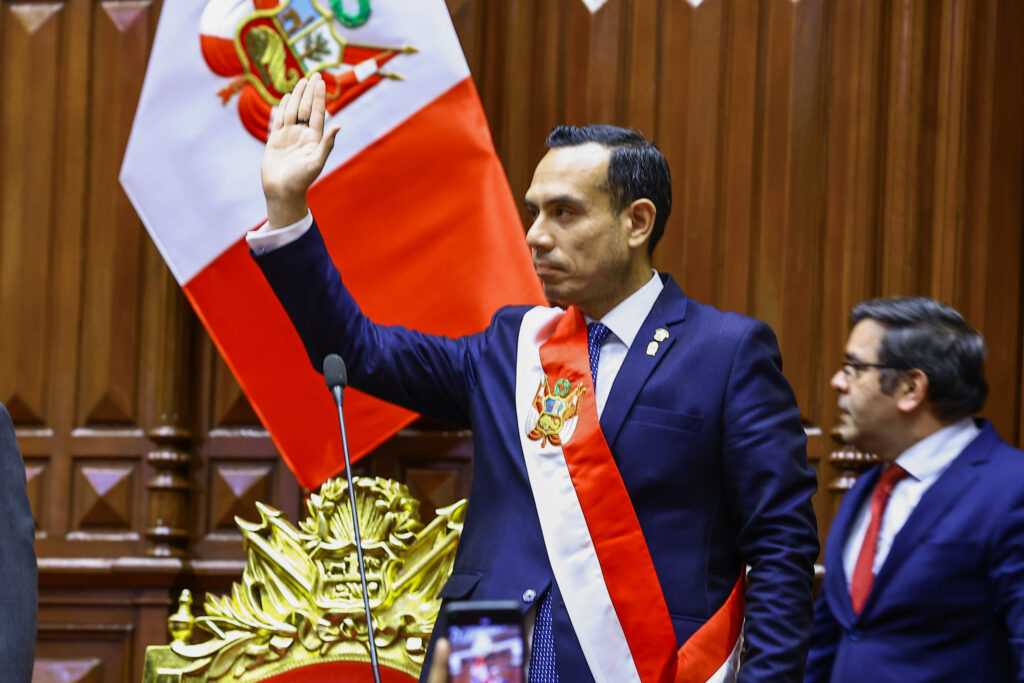Embracing the Latin American spirit with sports tourism
|
Getting your Trinity Audio player ready...
|
The countdown to the 2027 Women’s World Cup has begun: just over two years remain until Brasília, São Paulo, Rio de Janeiro, Salvador, Belo Horizonte, Porto Alegre, Fortaleza, and Recife host one of the biggest sporting events worldwide.
The World Cup will not only generate millions in sports tourism and related services but will also put Latin America — especially Brazil — in the global sporting spotlight.
Beyond the buzz created by the FIFA Women’s World Cup, sports tourism in Latin America has been gaining increasing attention. The region stands out for hosting major international events like the Copa Libertadores, Formula 1, and Copa América, but also for offering a wide range of sporting experiences — from road races and marathons to adventure sports like surfing and trekking.
With preparations underway for major competitions and ongoing development of new sports projects, sports tourism presents a key strategic opportunity to boost the appeal of Latin American countries. It directly supports economic growth, social engagement, and the strengthening of regional culture and identity.
Trends in sports tourism
A report published in 2024 by the Collinson Group revealed interesting data on how companies can connect with sports and entertainment fans, while driving sports tourism and capturing a significant share of market growth.
The research shows that 75% of sports and entertainment fans have flown to watch their favourite team, athlete, or artist. Furthermore, compared to entertainment fans, sports fans spend the most, with over half (51%) spending more than $500 per trip, per person.
The study also found that four out of five travellers attending events prefer discovering new destinations rather than returning to familiar ones. In 2023, sports tourism was valued at $564.7 billion and is expected to nearly double to $1.33 trillion by 2032.
According to Collinson Group, the expansion of sports tourism is driven mainly by three factors:
- The variety of sporting events, which naturally offer a greater diversity of destinations;
- The growth of TV and streaming in sports broadcasting, increasing exposure to national and international events and encouraging fans to travel to follow their teams and athletes;
- The desire for new and different experiences, especially following the social isolation caused by the Covid-19 pandemic.
Opportunities in sports tourism
The fact is sports tourism is booming, presenting great opportunities for companies looking to serve this growing traveller segment.
Among those flying to events, more than four out of five (83%) travel to follow sporting competitions. Of these travellers, over half (56%) make more than one trip per year, and 22% attend three or more events annually.
In Latin America, sports tourism stands out in several key destinations, such as:
- Rio de Janeiro (Brazil): The city has been named Latin America’s Best Sports Tourism Destination nine times by the World Travel Awards, known as the “Oscars of Tourism.” Rio has also hosted major events like the 2016 Olympic Games and the 2014 World Cup.
- Buenos Aires (Argentina): Every football fan dreams of visiting the famous La Bombonera stadium, home of Boca Juniors, or witnessing a Superclásico (Boca vs River Plate). Beyond football, Buenos Aires attracts runners worldwide with the Maratón, one of the most famous marathons ever.
- Santiago (Chile): A popular destination for winter sports, with renowned ski resorts like Valle Nevado and Portillo. Santiago was also recognised as South America’s best urban destination at the World Travel Awards.
- Mexico City (Mexico): The city will host the Mexican Grand Prix of Formula 1 until 2028, drawing hundreds of F1 fans from all continents.7
Autodromo Hermanos Rodriguez, Mexico City.
Events that could boost sports tourism in Latin America (2025–2027)
2025
- Copa América Femenina — Ecuador (recurring event)
12 July to 2 August - Rhythmic Gymnastics World Championship — Rio de Janeiro, Brazil
20 to 24 August - FIFA U-20 World Cup — Chile
27 September to 19 October - Track Cycling World Championship — Santiago, Chile
15 to 19 October - Copa Libertadores Final — Lima, Peru (recurring event)
29 November - São Silvestre International Race — São Paulo, Brazil (recurring event)
31 December
2026
- Caribbean Series Baseball — Venezuela
February - FIFA Men’s World Cup — Mexico (co-host with USA and Canada)
11 June to 19 July
Mexico will be one of the host countries with confirmed matches in Mexico City, Guadalajara, and Monterrey.
2027
- FIFA Women’s World Cup — Brazil
24 June to 25 July - Pan American Games — Lima, Peru
16 July to 1 August - Special Olympics World Games — Santiago, Chile
- Sailing World Championship — Brazil
For every taste
With a diverse calendar full of top-level competitions, Latin America becomes a highly attractive destination for sports tourism enthusiasts. A region marked by cultural diversity that offers authentic and original experiences combining sport, local identity, and leisure.
This is the perfect time for companies and investors to develop strategies focused on the growth of this movement. Constant infrastructure improvements and the organisation of increasingly relevant events attract an audience eager to travel and live these experiences.
In a way, sports tourism in Latin America represents not just a trend but a real driver of economic and social development in the region.






